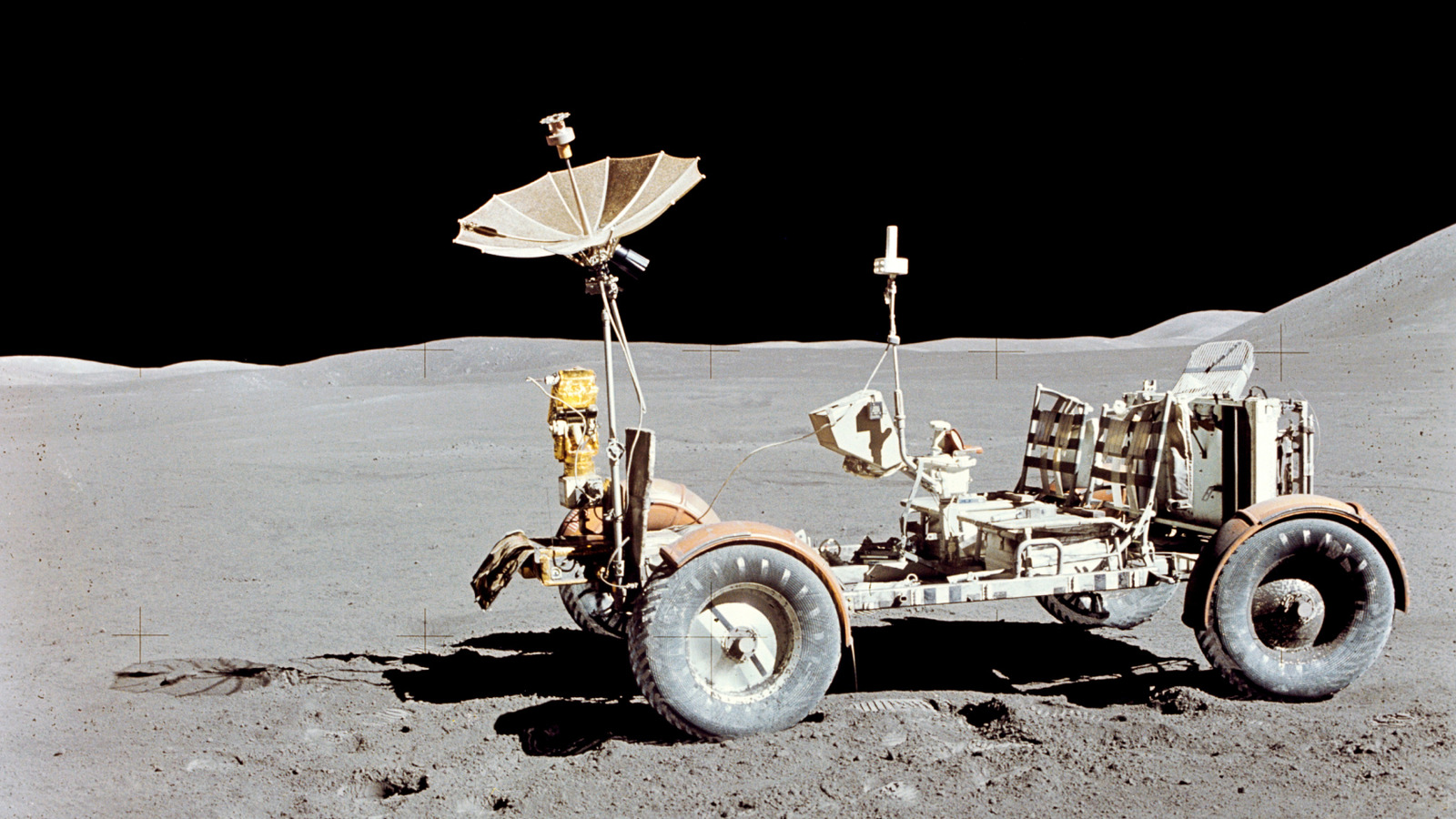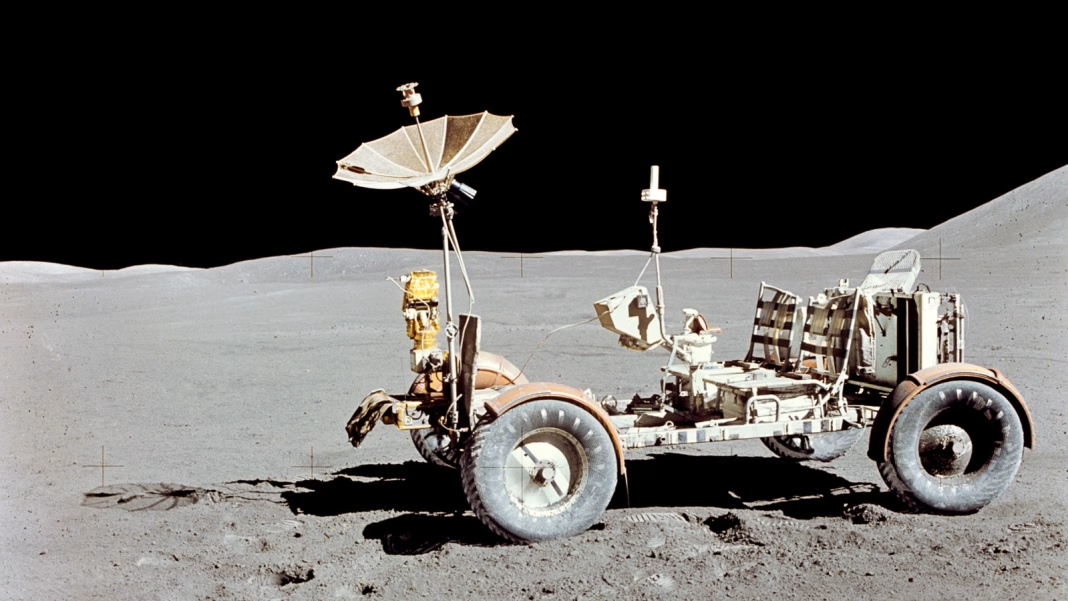Spanish tech giant GMV just made waves in the space exploration community with the launch of LUPIN, a groundbreaking GPS-like system designed specifically for the Moon. Imagine navigating the lunar surface as easily as you would find your way through a city using a GPS app. That’s the vision behind LUPIN, and it could change the way astronauts explore our celestial neighbor.
How Does LUPIN Work?
LUPIN, which stands for Lunar Positioning and Navigation, operates on principles similar to those of GPS but is tailored for the unique challenges of lunar navigation. Unlike Earth, where GPS satellites provide precise location data, the Moon lacks a similar infrastructure. LUPIN aims to fill that gap by using a combination of lunar landmarks and advanced algorithms to determine an astronaut’s position on the Moon’s surface.
The system utilizes a network of lunar satellites and ground stations, which communicate with each other to triangulate positions. This means that astronauts can receive real-time navigation data, helping them find their way to specific locations, whether it’s a research site, a landing zone, or even a safe spot to set up camp. The potential applications for LUPIN are vast, from scientific exploration to future lunar bases.
Why Is This Important for Lunar Exploration?
The Moon has become a focal point for space agencies and private companies alike, with plans for manned missions and even long-term habitation. As we prepare for a new era of lunar exploration, having a reliable navigation system is crucial. Just think about it: navigating the rugged and often featureless terrain of the Moon can be daunting. Without a dependable way to pinpoint locations, missions could face significant delays or even risks to astronaut safety.
LUPIN not only enhances navigation but also supports mission planning and execution. It allows for more efficient routes, reducing travel time and energy expenditure. This is especially important for missions that involve transporting equipment or conducting experiments over large distances.
What Sets LUPIN Apart from Other Navigation Systems?
While there are other navigation systems in development for space, LUPIN stands out due to its adaptability and precision. It’s designed to work in the Moon’s unique environment, where factors like dust, temperature variations, and lack of atmosphere can complicate navigation. GMV has incorporated advanced technologies such as machine learning and artificial intelligence to ensure that LUPIN can adapt to changing conditions and provide accurate data even in challenging scenarios.
Additionally, LUPIN is built with collaboration in mind. It’s not just a tool for astronauts; it can also be integrated with other lunar missions and technologies. This means that as more countries and companies venture to the Moon, LUPIN could serve as a universal navigation standard, fostering cooperation and shared knowledge in lunar exploration.
What’s Next for LUPIN and Lunar Navigation?
With LUPIN unveiled, the next steps involve rigorous testing and validation. GMV plans to collaborate with various space agencies and organizations to refine the system and ensure it meets the demands of future lunar missions. As we look ahead, the prospect of a fully operational navigation system for the Moon opens up exciting possibilities for exploration, research, and even tourism.
The big takeaway? LUPIN isn’t just about getting from point A to point B on the Moon; it’s about paving the way for a new era of exploration. As we prepare for missions that could lead to permanent lunar bases, having a reliable navigation system will be essential. So, keep an eye on this technology—it might just be the key to unlocking the Moon’s mysteries and making space travel more accessible than ever.


